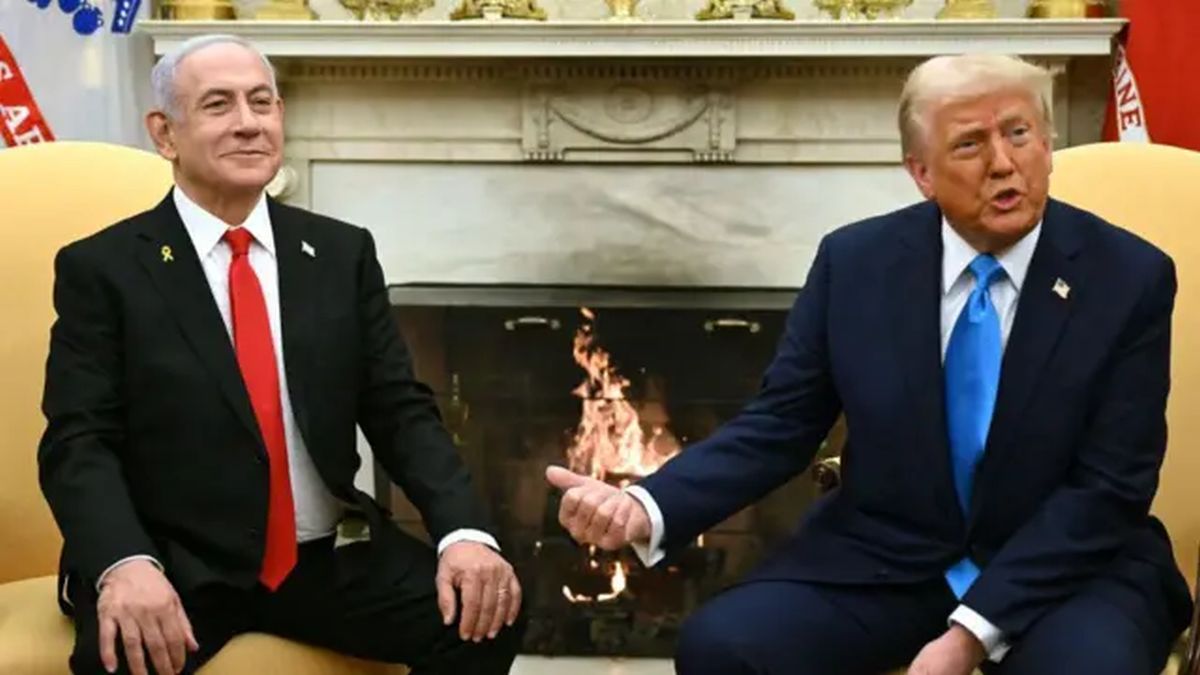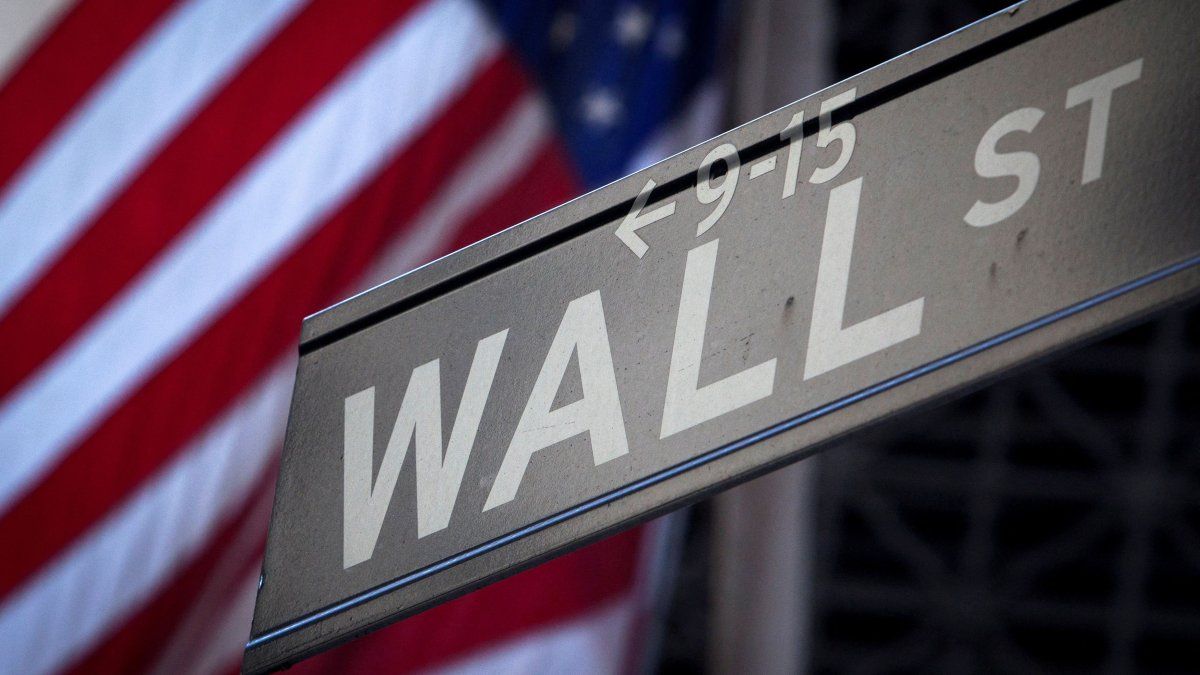In the meantime it is a reality that the so-called financial dollars fell, but still close to the $300 zone (still below recent highs). All in a framework in which reserves continue to fall, and threaten to reach negative ground in a few months if there are no changes.
Therefore, we live with an accelerated deterioration of macro variables, which boosted expectations of a devaluation within the market in recent weeks; and consequently, the search for cover. Something that was reflected in the FCI industry where basically the Dollar Linked became protagonists. Just as a reference it is enough to mention that, in the last week, these explained more than 60% of the net flow to FCIs and today they represent more than 10% of the total AUM.
Meanwhile, his performance was not far behind. After moving on average always below the other categories (including the MM), in July they accumulate a return of about 9% -exceeding the maximum reached in April (7.6%), and in line with the CER- . However, it is clear that its coverage is not perfect with respect to the BCRA3500 (your benchmark). If we look at 2022, in just two months – April and now July – these FCIs move above the official devaluation. But if we limit the analysis to the second half of 2021 -the last period where expectations of a probable jump in the exchange rate also soared- it is observed that in 5 out of 6 months these strategies worked with returns in line with or above their reference .
Now, as we mentioned, the arguments in favor of these strategies are consistent with the fact that today the majority of the market maintains as a “baseline” scenario one, at least, acceleration in the rate of official devaluation in the coming months. Even other options were also gaining some expectation as the gap widened, such as a discreet jump or a split in the foreign exchange market.
Likewise, all alternatives will surely be reassessed in terms of degrees of probability after the latest BCRA decisions (and a new expected increase in rates) and the new economic policy actions that should arrive in the next rounds. So there will have to be a little time, until expectations are rearranged again…
This does not also mean that the appetite disappears, and at this juncture, it is that the funds Dollar Linked they will continue to watch. Let us remember that their basic objective is to hedge against the movement of the official exchange rate, and that in order to fulfill it they can “lean on” on different strategies such as Dollar Link instruments (sovereign bonds, negotiable obligations, and/or other adjustable assets), dollar synthetics, or those others that balance between both positions and/or add Hard Dollar or even Cedears (in both cases, limited by regulation). Therefore, two questions to understand a little more.
What are the variables that can affect these positions?
In principle, and if we seek to be specific, at least four: Exchange Rate, CCL and Gap, Future Dollar, and Credit and Liquidity Risk. The first, in fact, is simple: there is no doubt that the rate of acceleration or deceleration (taking into account the benchmark that is the BCRA A 3500) is a key variable for the behavior (such as interest) of these funds.
But having said that, What is the strategy that best captures an acceleration in devaluation?
Generally speaking, any of them. However, depending on the balance of the position and the times in which that acceleration occurs, there are some that better capture the movement of the different variables than others. Without going any further, let’s start first by keeping in mind that today there are practically no strategies -especially asset Dollar Linked– 100% pure. The increasing flow, and the lack of these indexed options, meant that strategies entirely with DL instruments had to be “combined”. In other words, the greater liquidity -and even the recent situation itself- have led to these positions being liquefied, and futures gaining that space. Also, but basically for trust issues, these strategies also rebalanced between sovereign risk (particularly CER) and private risk -or alternatively, liquidity-.
In conclusion, and even understanding the current risks, we believe that there are arguments in favor of maintaining a participation in funds DLinked for those who seek coverage and/or encounter (regulatory) limitations. Now, and given the situation, the selectivity within this universe could be the difference. For this, it is important to know the strategy behind it (how they seek to capture their objective) and some technical data -such as the duration, among others-, since this will determine the risk-return equation that one may be assuming in their position.
Director of IPP.
Source: Ambito




